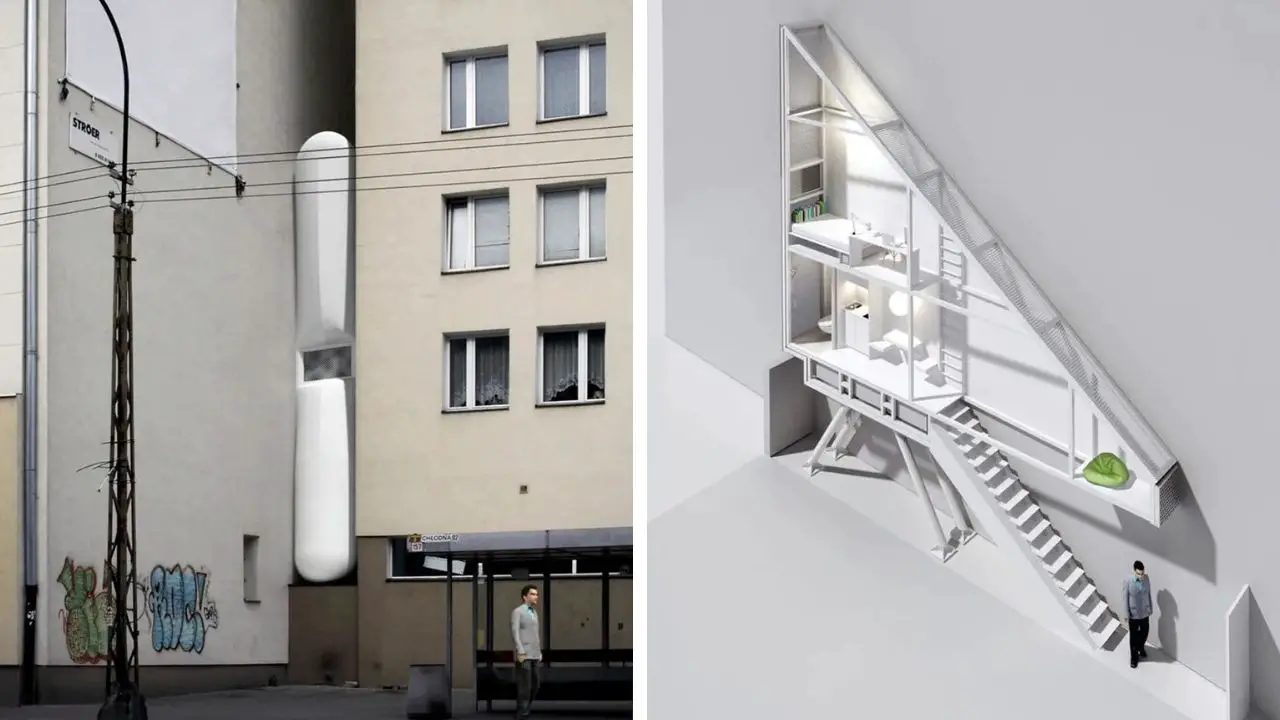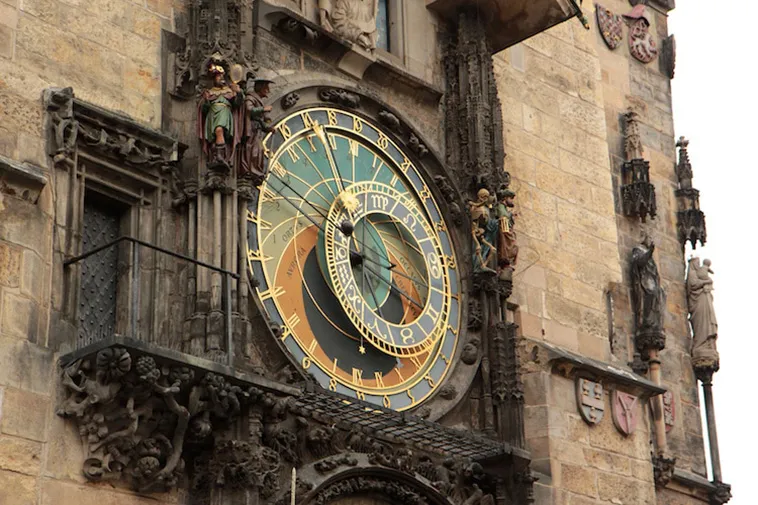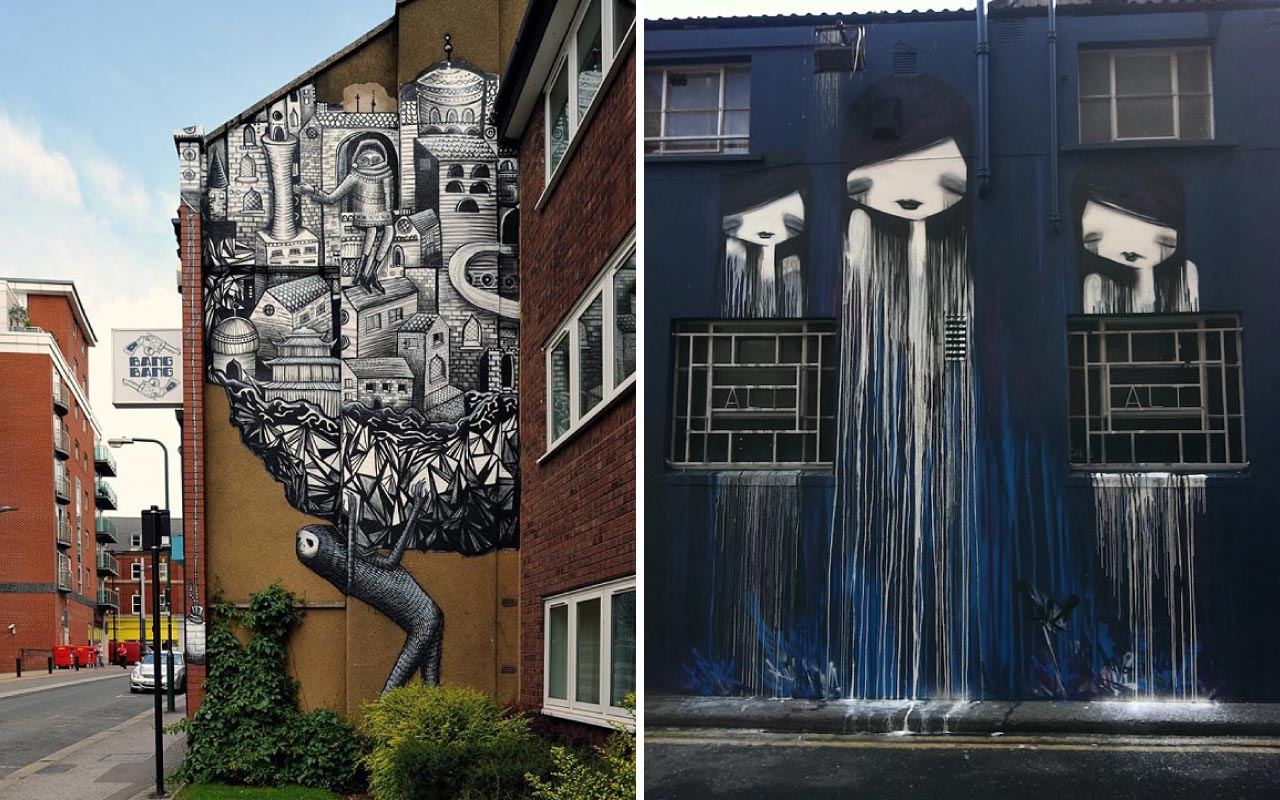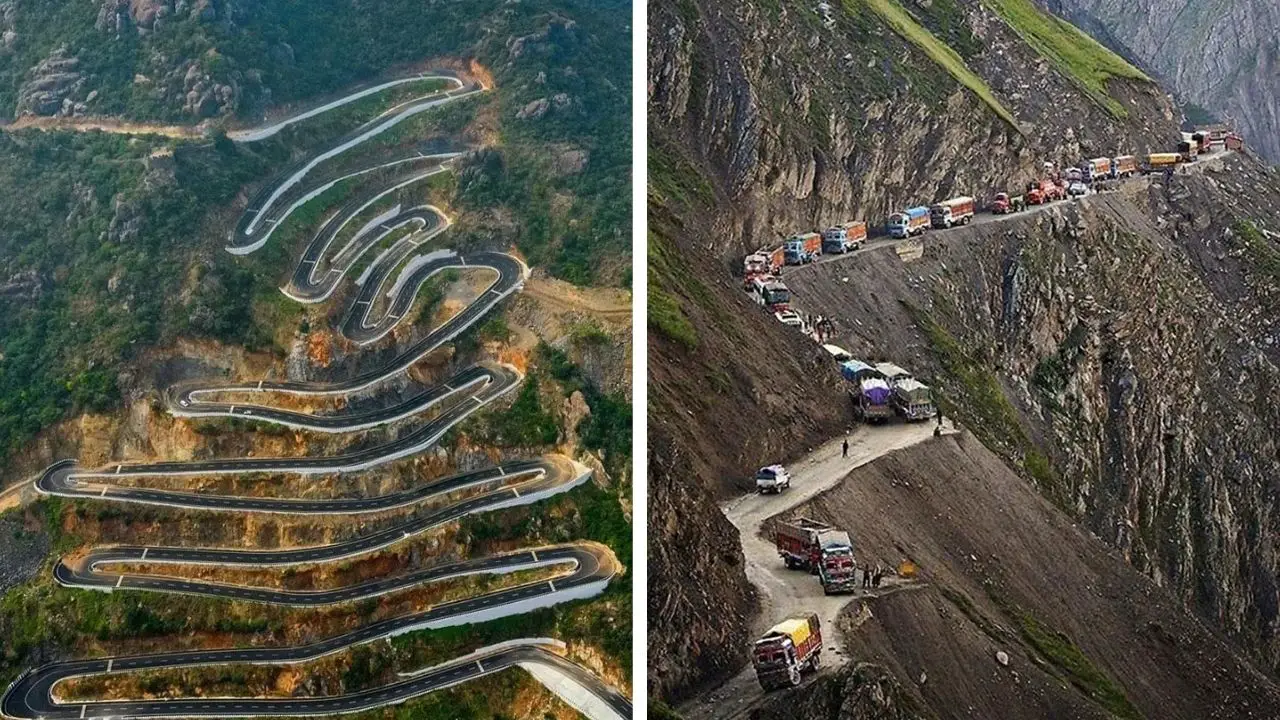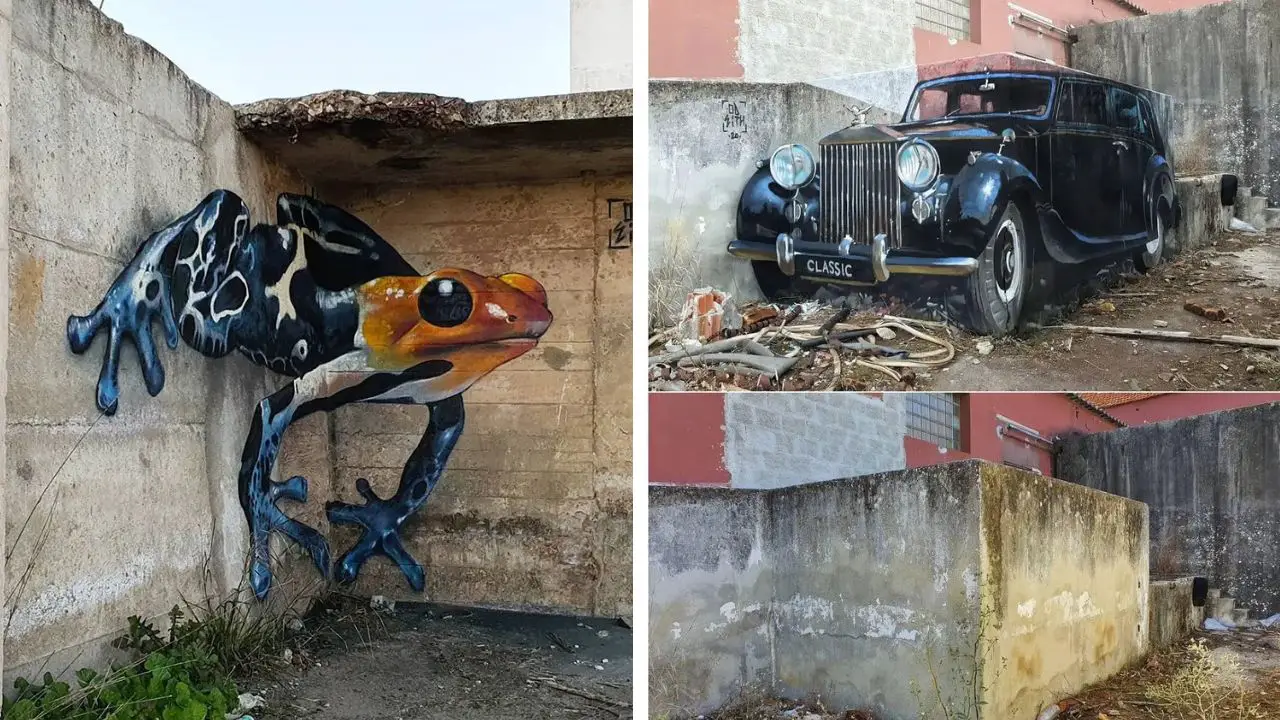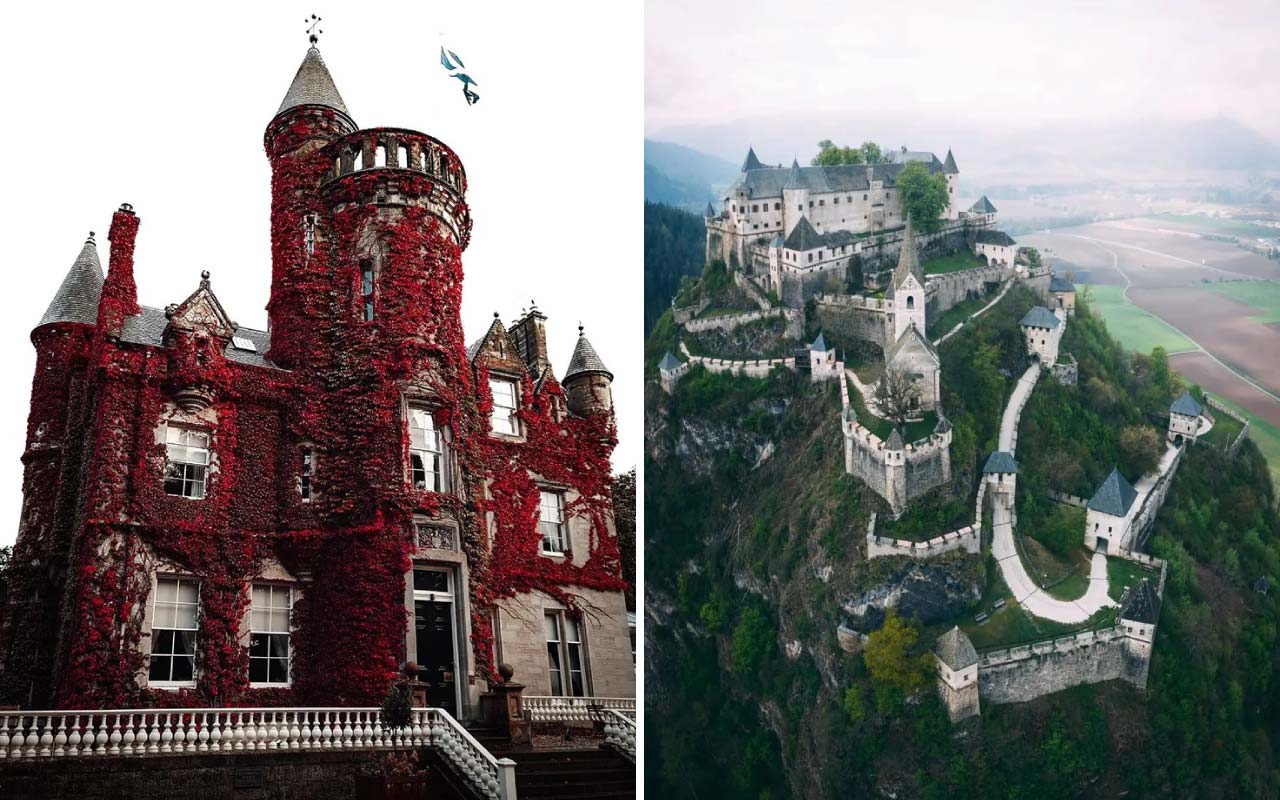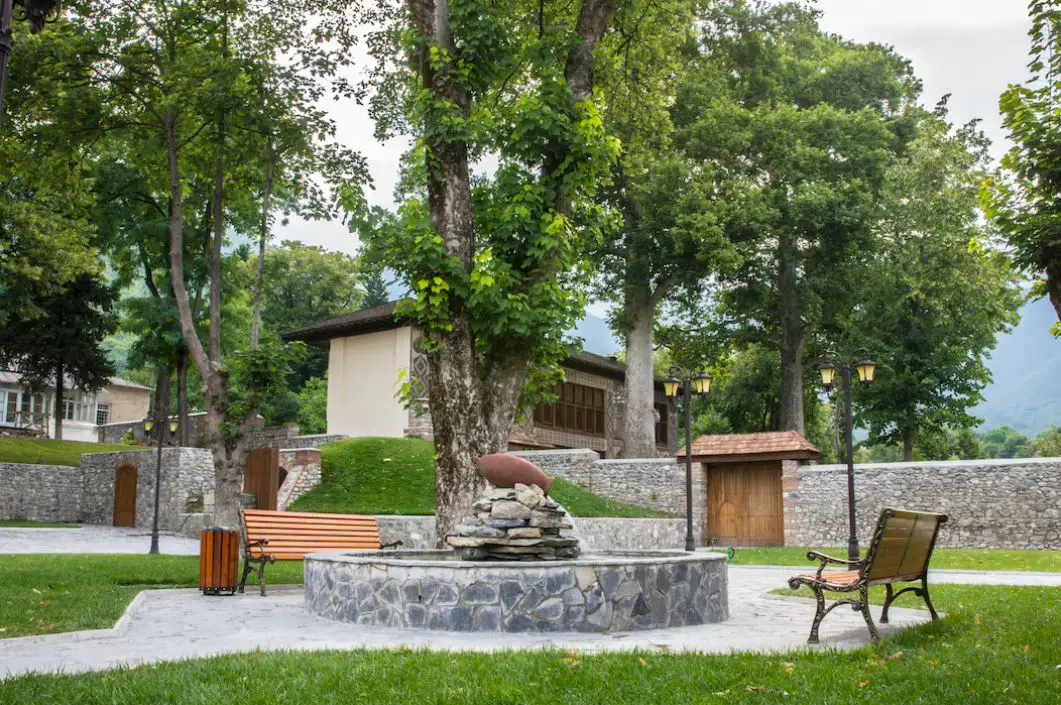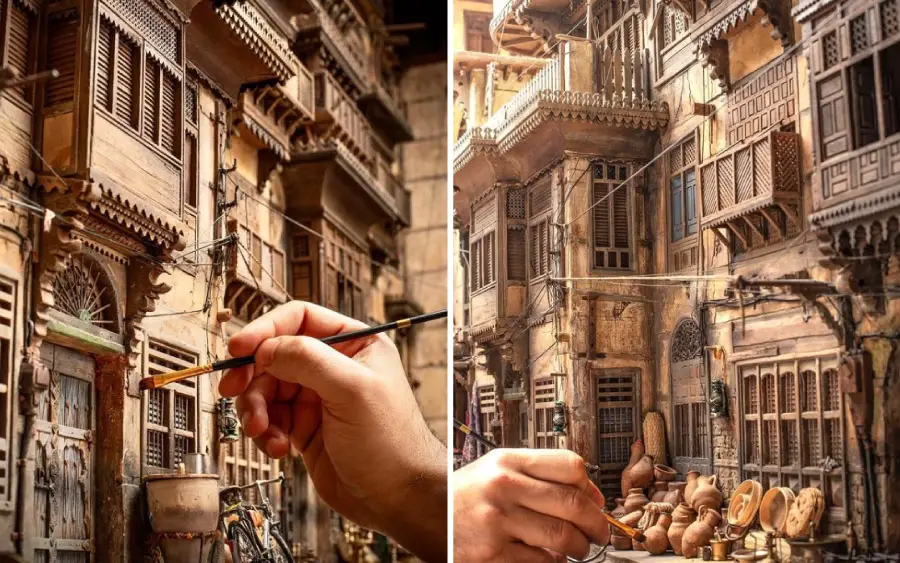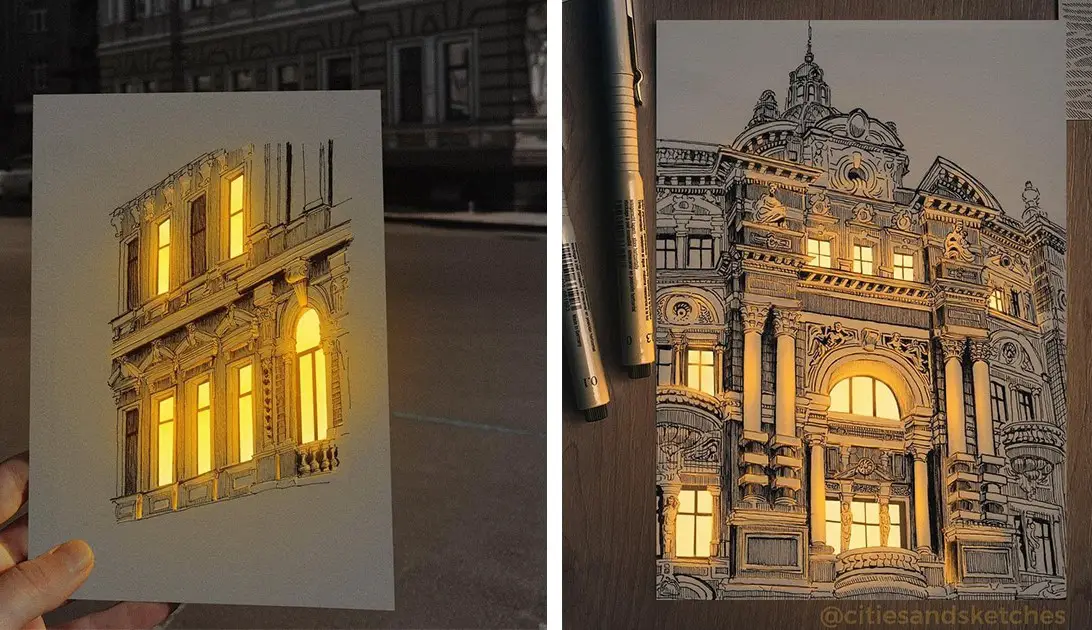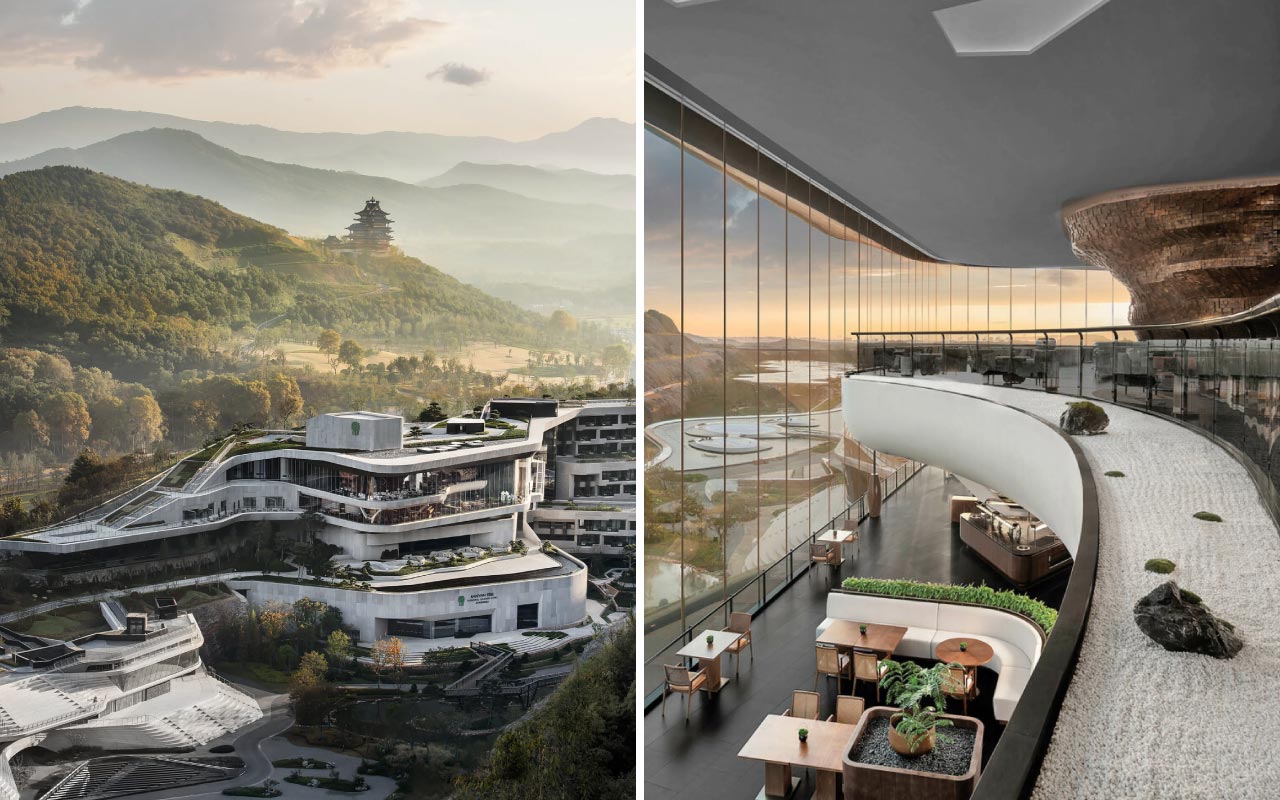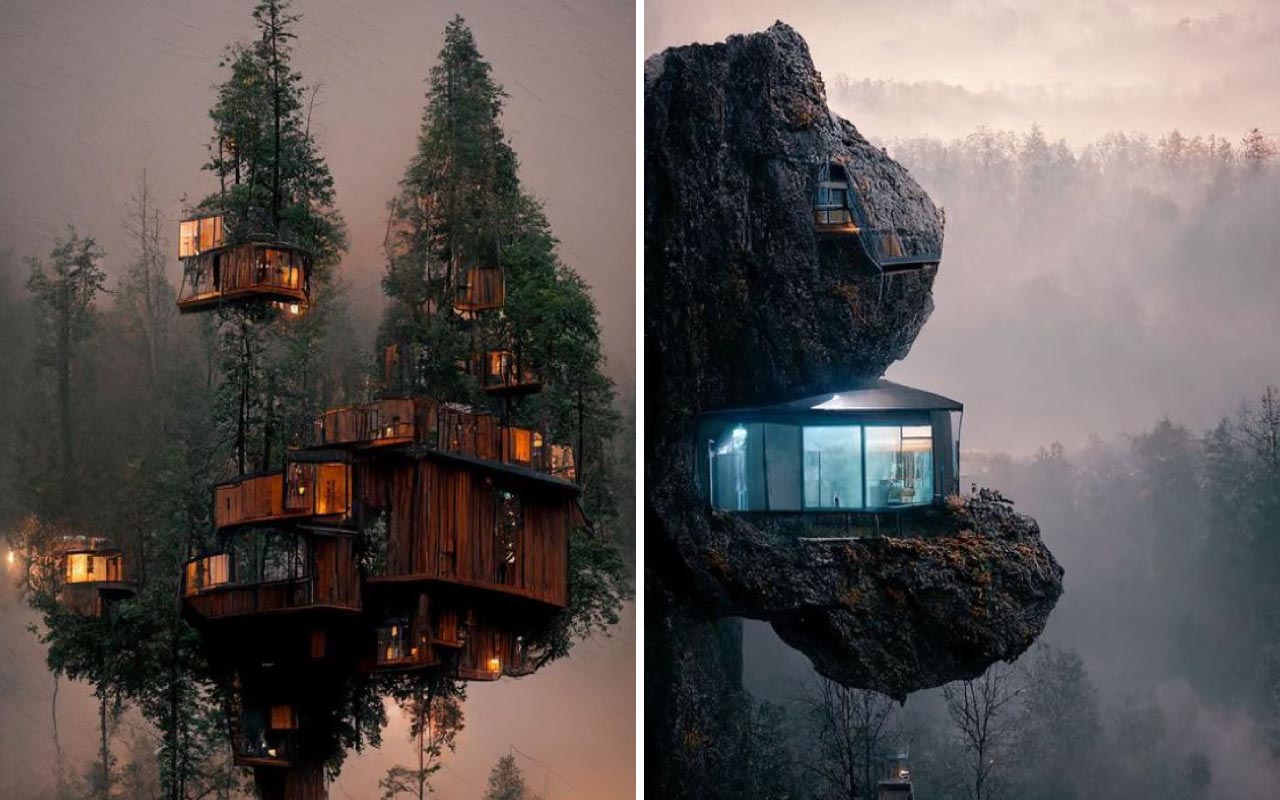Derinkuyu: The World’s Largest Underground City of 20,000 People

In the heart of Cappadocia, beneath the enchanting fairy chimneys that paint the Turkish landscape, a colossal subterranean city awaits discovery. With a history spanning millennia, Derinkuyu, also known as the ancient city of Elengubu, beckons explorers to uncover its secrets.
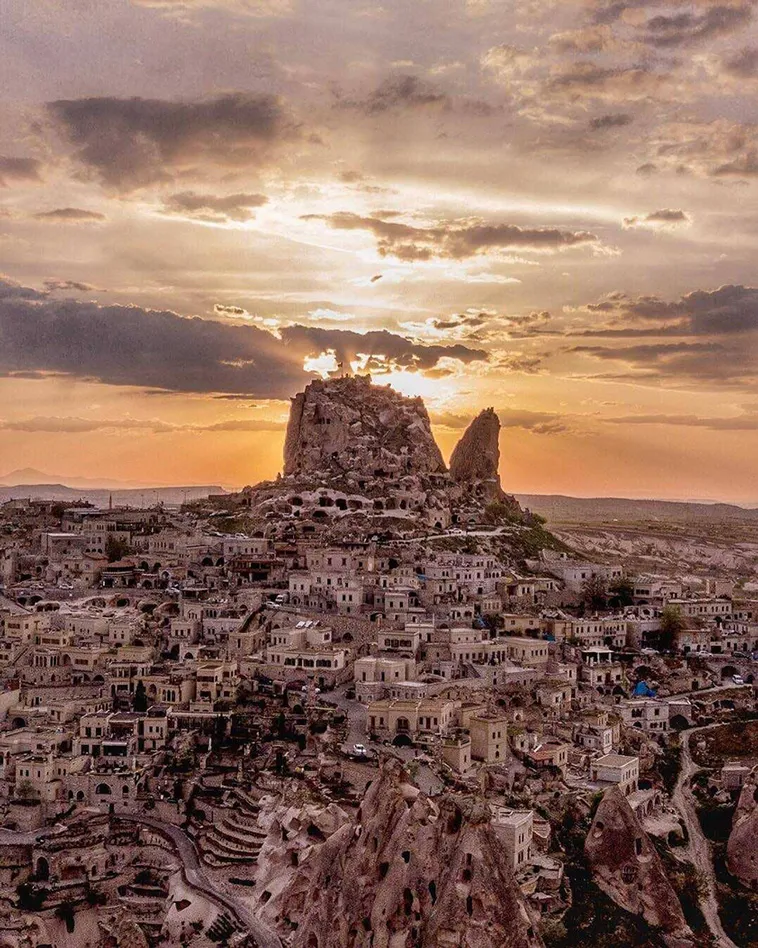
This underground marvel, stretching more than 85 meters below the Earth’s surface, holds a rich history that transcends empires, offering refuge to up to 20,000 inhabitants during turbulent times.
Let us delve into the depths of this captivating subterranean world and unveil the mysteries that lie within.
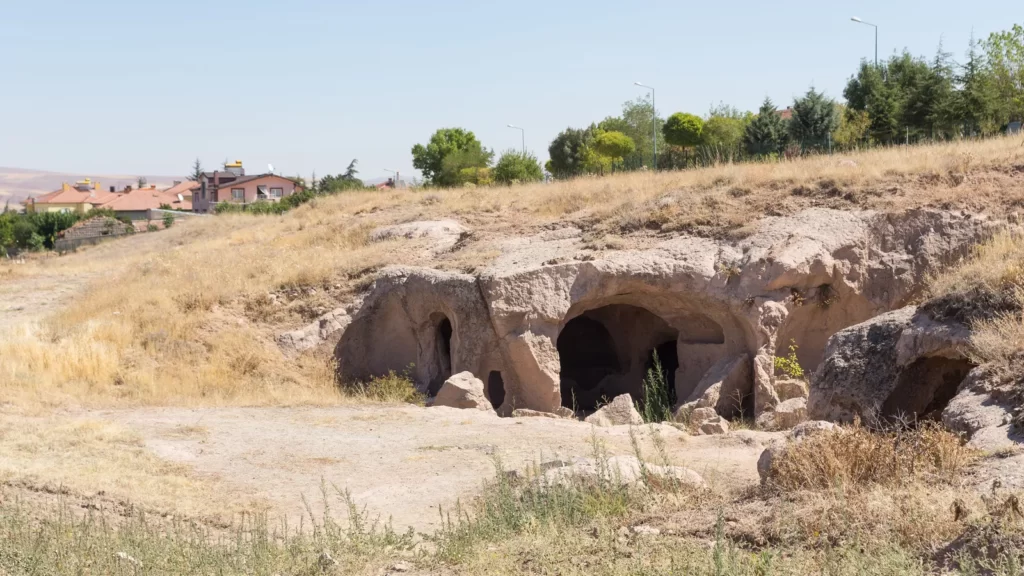
A Hidden Treasure
The Ancient City’s Origins
The exact date of Derinkuyu’s construction remains a subject of debate, but the earliest reference to this underground complex can be traced back to Xenophon of Athens, circa 370 BCE.
In his work, Anabasis, he alludes to Anatolian people dwelling underground in excavated homes, a stark contrast to the more common cliffside cave-dwellings in the region.
This uniqueness stems from the region’s geological characteristics, which are conducive to underground construction.
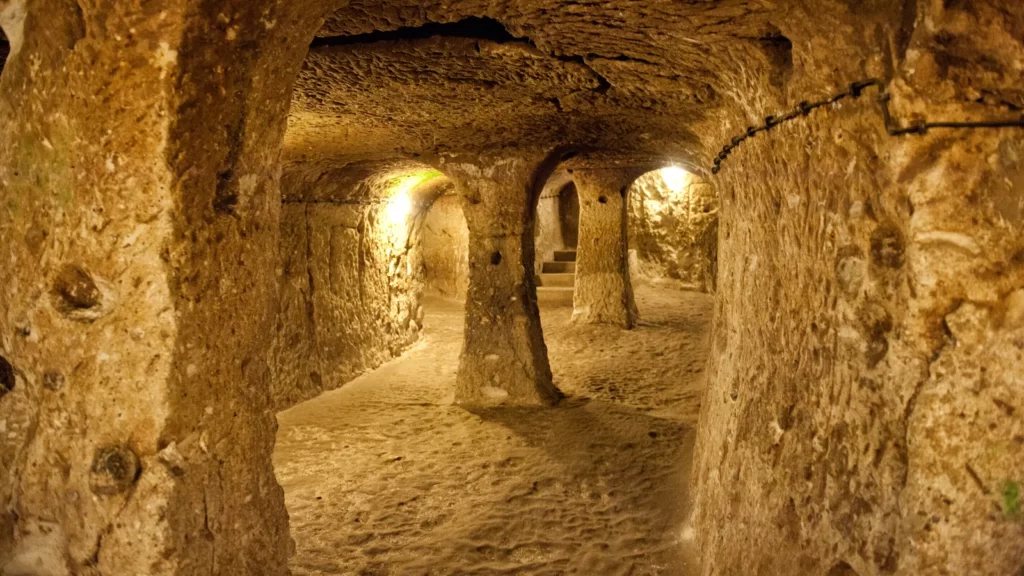
Cappadocia’s underground potential is attributed to the absence of water in the soil and the easily moldable local tuff rock. The pliability of this rock allowed for the creation of both the fairy-tale chimneys above ground and the intricate tunnels below.
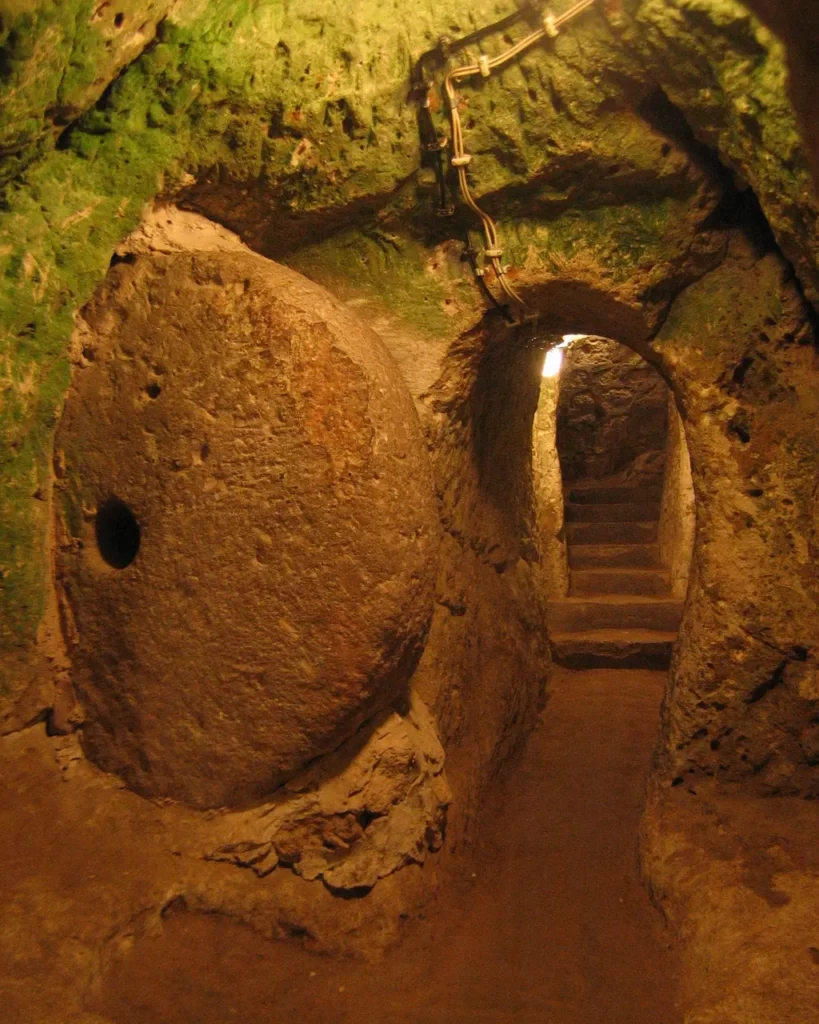
Architects of the Depths
The groundwork for Derinkuyu’s vast network of caves is often attributed to the Hittites, who might have started the excavation when they faced threats from the Phrygians around 1200 BCE. Supporting this theory are the Hittite artifacts discovered within Derinkuyu.
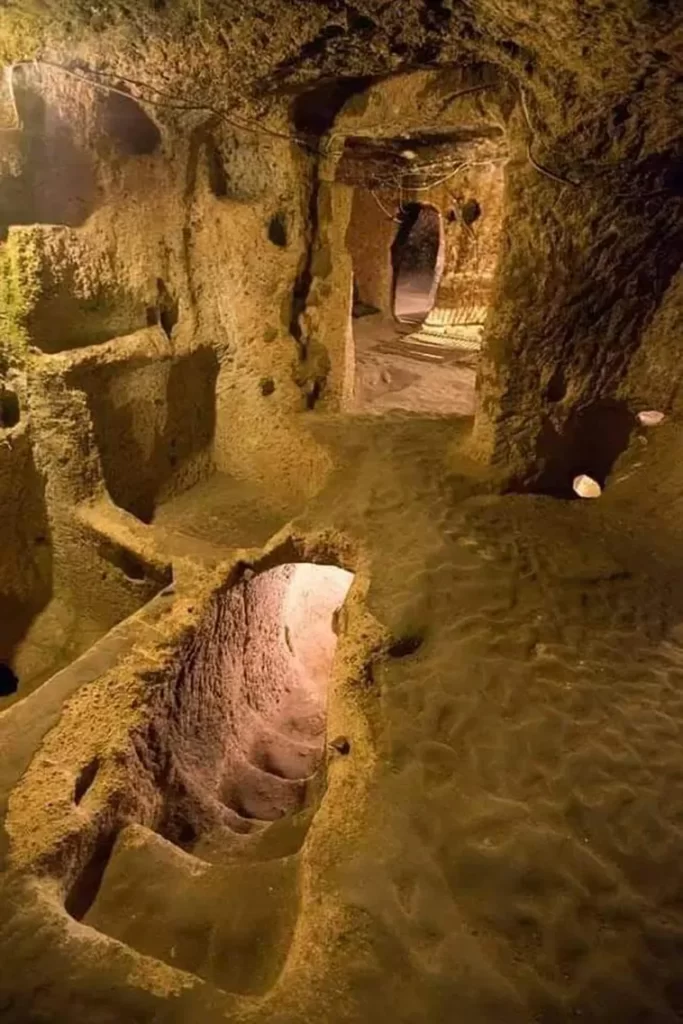
However, the bulk of the city’s expansion and construction can be attributed to the Phrygians, skilled Iron-age architects with the capability to craft elaborate underground facilities.
The Phrygians played a prominent role in the region and had a penchant for monumentalizing rock formations.
Originally, Derinkuyu likely served as a storage facility, but its primary purpose was to provide sanctuary during times of external threats, which were common due to the continuous shifts in dominant empires.
It was during the Islamic raids in the 7th century that Derinkuyu’s underground dwellings saw their fullest use.
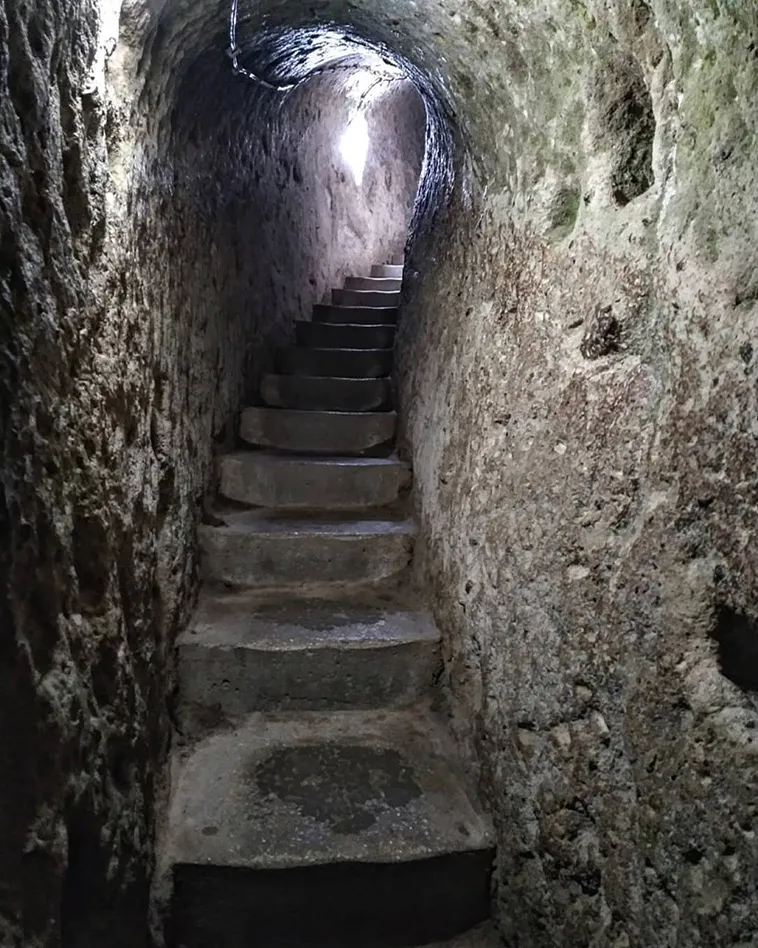
Life Beneath the Surface
Ingenious Design
As you descend into Derinkuyu, a world of narrow tunnels greets you. The walls, blackened by centuries of torchlight, serve as a testament to the city’s long history.
The corridors are intentionally narrow, forcing visitors to navigate in a stooped position and single file, a strategy aimed at discouraging intruders.
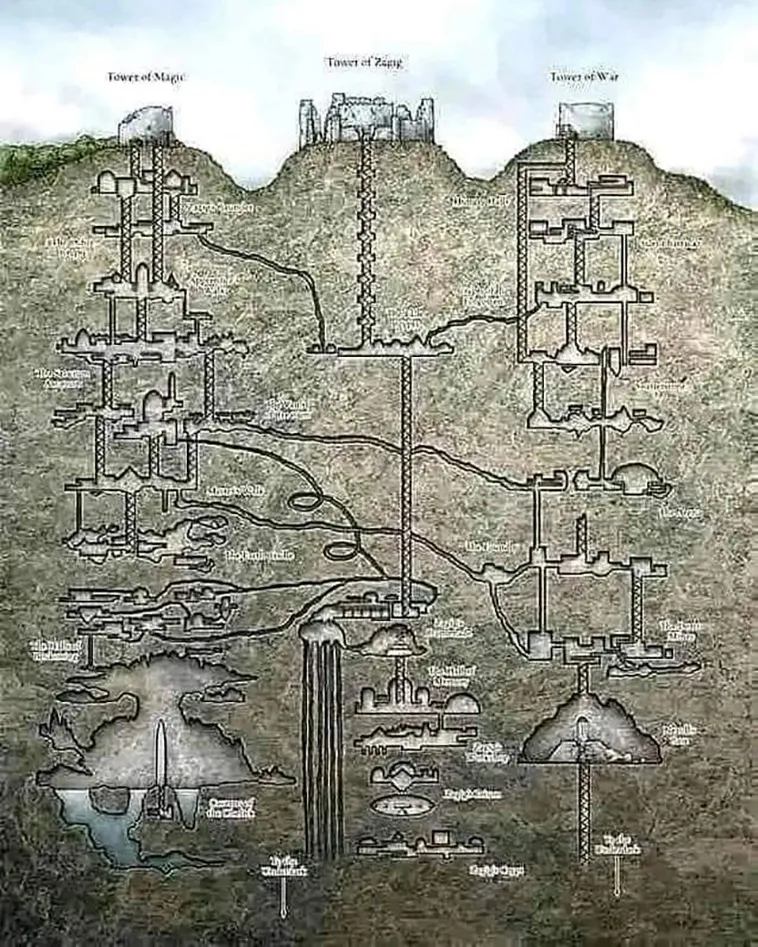
The doors separating each of the 18 levels are massive half-ton circular boulders, moveable only from the inside. Small holes in these doors allowed residents to defend their city when necessary.
Life underground was undoubtedly challenging. Residents relied on sealed clay jars for waste disposal, torchlight for illumination, and designated areas for the disposal of the deceased.
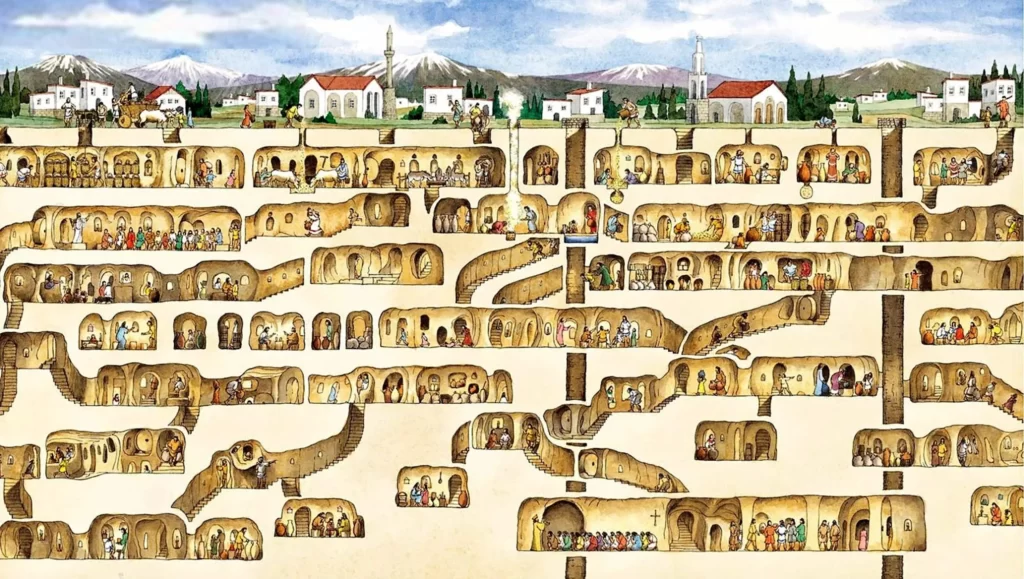
Each level of Derinkuyu was meticulously engineered for specific purposes, from stables for livestock near the surface to cellars, schools, and meeting spaces in the inner layers.
The presence of winemaking facilities, complete with cellars, pressing vats, and amphoras, indicates that inhabitants were prepared to spend extended periods underground.
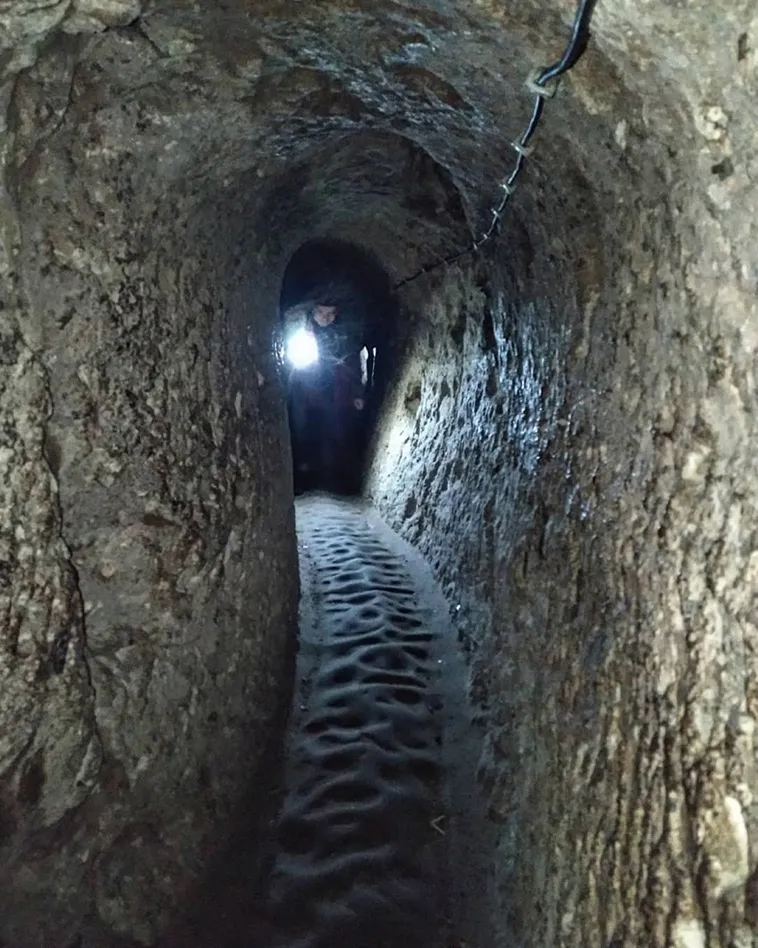
Advanced Infrastructure
What truly sets Derinkuyu apart is its complex ventilation system and a protected well that supplied the entire city with fresh air and clean water.
Over 50 ventilation shafts ensured a steady flow of air throughout the dwellings, reducing the risk of an air supply attack. The well, over 55 meters deep, could be sealed off from below, offering an extra layer of security.

A Vast Network
Derinkuyu, although remarkable, is not the sole underground city in Cappadocia. The region boasts over 200 such cities, with more than 40 of them featuring three or more levels below the surface.
Many are interconnected with Derinkuyu through carefully constructed tunnels, some extending up to 9 kilometers. All these underground cities are equipped with emergency escape routes, underscoring the region’s focus on safety and security.
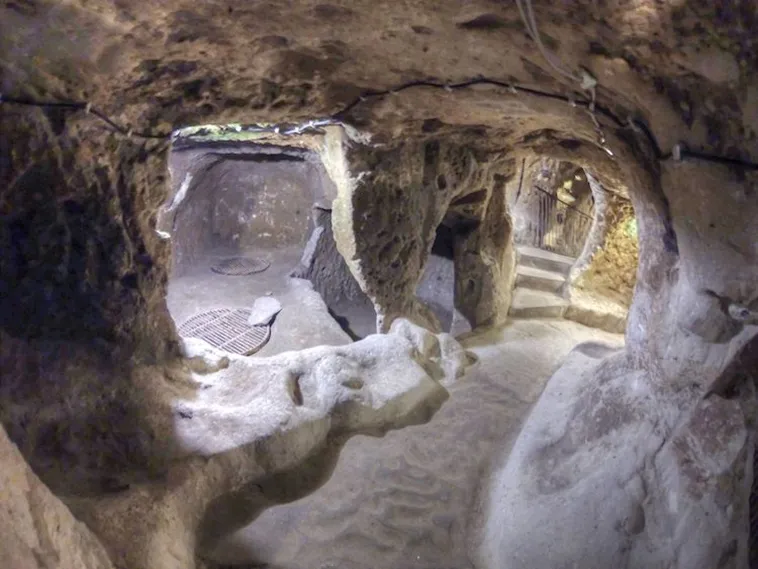
The End of an Era
In 1923, Derinkuyu’s story came to a close when the Cappadocian Greeks evacuated the underground city. Over 2,000 years after its likely creation, Derinkuyu was abandoned, fading into obscurity.
It wasn’t until 1963, when an anonymous local discovered the city while searching for lost chickens, that Derinkuyu returned to the light.
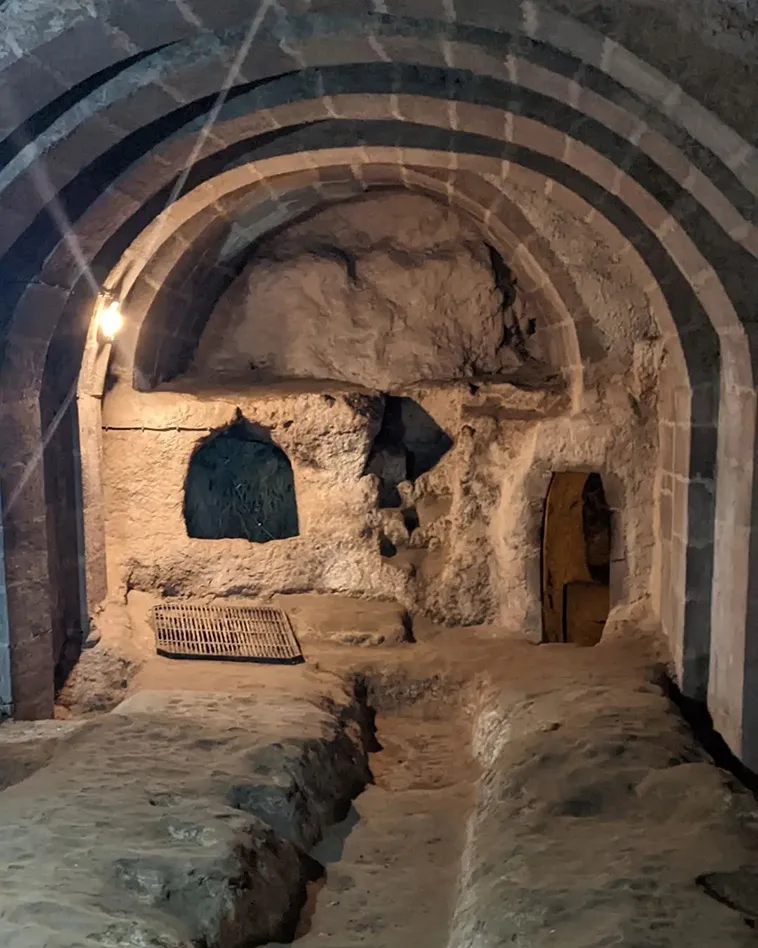
Derinkuyu, with its enduring history and intricate design, offers a window into the past, revealing the innovative engineering skills of ancient civilizations.

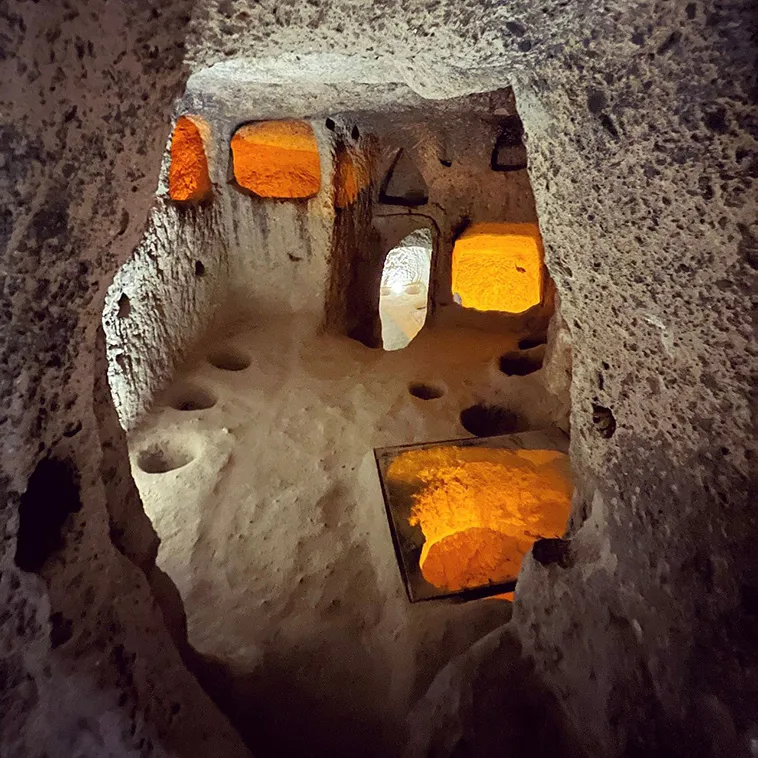
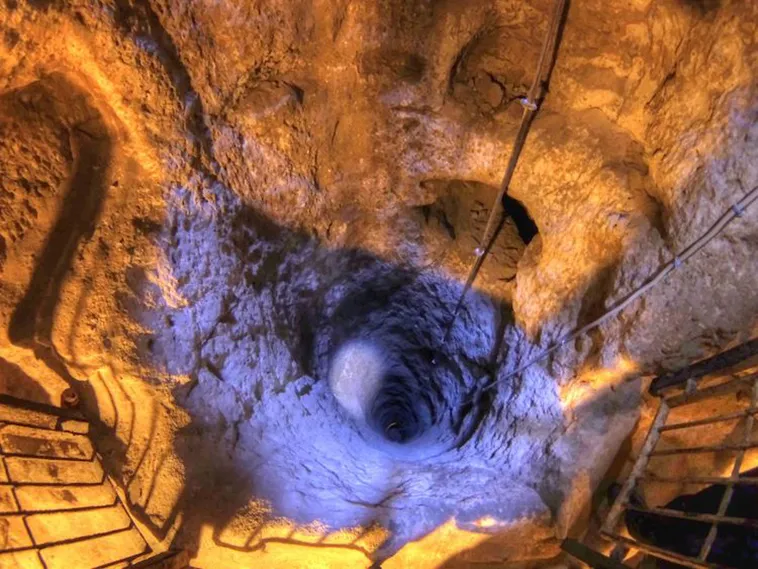
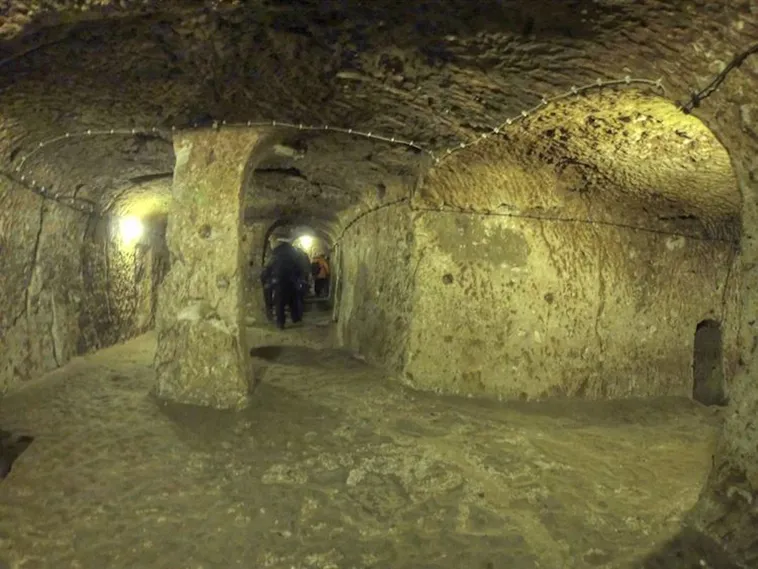

Today, it stands as a testament to human ingenuity and the ability to adapt to a ever-changing world. The marvel of Derinkuyu continues to captivate and inspire, reminding us of the extraordinary accomplishments of those who came before us.

